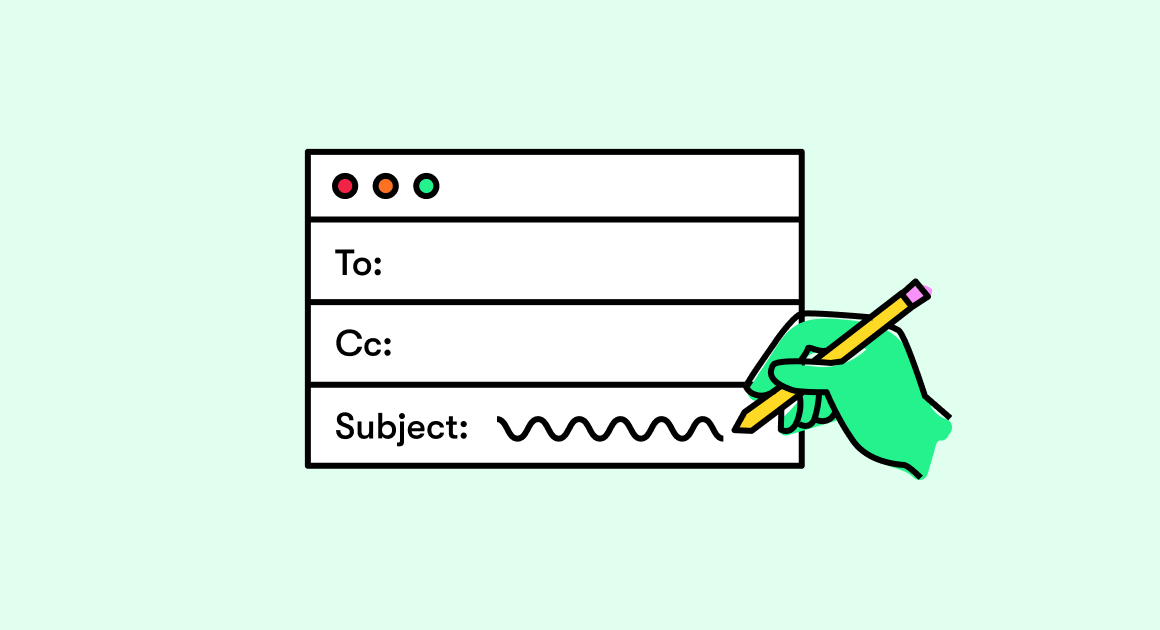You may be wondering how to recognize a rare book if you have ancient books in the attic, are shopping at an antique flea market, or are considering beginning the hobby of rare book collecting. Some books stand out because of their age or celebrity, but many rare books are harder to find. With a few pointers and a greater grasp of what makes a book unusual, you’ll be able to spot rare books at a glance.
What Is a Rare Book?
Shapero Books told us that there are numerous ancient, antique, or odd books, but none of them are rare books. A book must fulfill a set of criteria to be classified as a rare book. However, it is the criteria themselves, which have been debated by bibliophiles several times, that generate uncertainty about what constitutes a rare book.
The concept of a rare book, according to the National Library of Scotland, isn’t quite clear. It may be any book that is difficult to locate, particularly owing to its publication date, restricted number of copies printed, or historical significance. Although they are occasionally used to identify rare books, they are not always used.
How to Tell if a Book Is Rare
When attempting to identify a rare book, there are a few things to check for, despite the fact that it might be difficult at times. If you’re looking through secondhand bookstores, flea markets, or antique stores, this method might help you figure out if you’ve found a gem.
Look for anything unusual or unique.
Look for elements that stick out as exceptional about a book on your first walk through a rare bookshop, thrift shop, or other vendor. A book’s special attributes make it valuable, and in order to be uncommon, it must be something others desire. Pay attention to the following:
- In the library, old volumes from 1891 are piled.
- Bindings of exceptional beauty and quality
- Bindings for special art in excellent condition
- Books that are notable for their aesthetic value
Take note of signatures
Pick up the book and attentively read the first few pages. Keep an eye out for autographs. It’s possible that an autographed book is uncommon. Some writers sign a lot of books, while others don’t sign them at all. Older autographed books by deceased writers are more likely to be uncommon.
Determine whether the book is a first edition
Simply because a book is a first edition, which means it was printed for the first time, does not make it rare. There is a first edition of every book published. To be designated as a rare first edition, the book must fulfill additional requirements. The issue is that there is no standardized mechanism for numbering editions utilized by publishers. Later editions may have specified printings, although the original edition does not. This may make recognizing a first edition difficult for collectors, whether they are new to the hobby or seasoned veterans.
Publishers utilize a variety of methods to designate their publications as first editions, including:
- If the copyright page and title page have the same date,
- On the copyright page, the terms “first edition,” “first impression,” “first printing,” or “published” are used.
- A number line is a particular set of numbers.
Because each publisher has its own system of identifying first editions, the simplest way to tell whether a book is a first edition is to consult an author’s handbook or bibliography. Bill McBride’s Pocket Guide to the Identification of First Editions is a great resource for recognizing first edition books.
Keep an eye out for Limited Editions.
Even if the book isn’t a first edition, publications with print runs of fewer than 500 copies or limited editions might be difficult to find. You could notice something like “copy X of Y” or something like. This might suggest that just a limited number of copies of the book were produced.
Take a look at the printing date.
Older books are more likely to be uncommon than newer books in general. This isn’t to say that every old book is desirable, but it is a good place to start. Check the publication date of the book. This is not to be confused with copyright, which relates to the author’s legal ownership of the text. Look for a printing date instead.
Look for any items that you have personally collected.
Many persons who acquire rare books are experts in a particular field. Make this part of your rare book identification process if you collect anything, such as books by a certain author or books on a specific subject, such as science.
Check to see that the copy you have matches the one being given.
There are a variety of ways that a book may seem to be a rare collectable at first sight, but deeper inspection reveals that it isn’t. Some publishers specialized in economical reprint versions of popular literature. Publishers such as Walter J. Black, Sun Dial, Triangle, Collier, A.L. Burt, and Grosset & Dunlop, to mention a few, would reissue works using the original publisher’s printing plates long after they had become popular. Compare the name of the publisher on the book’s spine to the name of the publisher on the title page to see whether your edition is a reprint. The original publisher’s name will frequently appear on the pages of reprints, but the book binding will reveal the reprint publisher’s name.
There are no accepted procedures for recognizing a first edition used by publishers. To declare a book’s initial printing, each publisher has their own procedure. The phrase ‘First Edition’ don’t promise anything. Publishers sometimes neglect to remove the phrase “First Edition” from the printing history when they go on to later printings, and the number line is the only way to be sure your book is a first edition.
Final words
You can keep these facts in mind and confirm whether a book is a rare book or not. On top of that, you can also determine the true value of the book.



